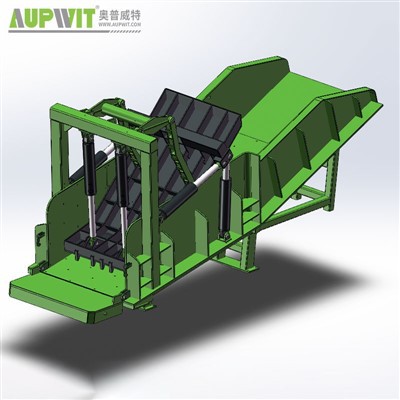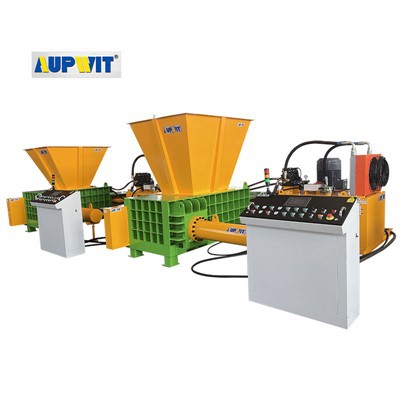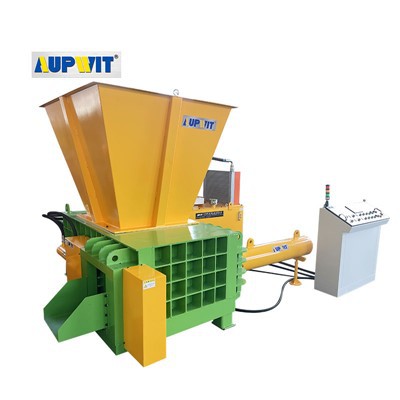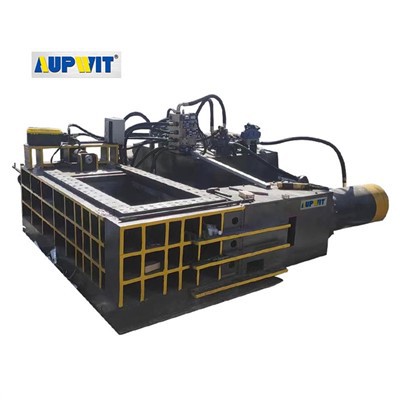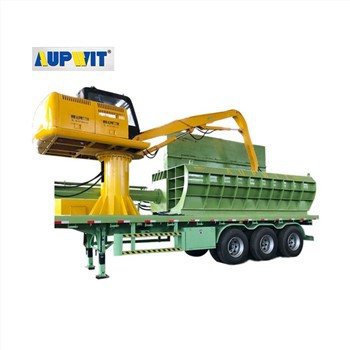Handling sticky materials in automatic baler machines requires specialized design features and operational adjustments to prevent jams and ensure consistent performance. These materials, which tend to adhere to surfaces, can disrupt feeding, compression, and ejection processes if not properly managed.
Non-Stick Surfaces
A key design consideration is the use of non-stick surfaces on critical components. Compression plates, conveyor belts, and feeding chutes are often coated with materials that resist adhesion.
Angled or sloped surfaces in feeding mechanisms further assist by using gravity to encourage material movement, reducing reliance on mechanical force.
Adjustable Feeding Systems
Adjustable feeding systems play an important role in handling sticky materials. Variable speed conveyors allow operators to control material flow, preventing overloading that can cause clumping.
Some machines feature vibrating feeders that use gentle oscillations to keep materials separated, reducing the chance of adhesion between particles.
Compression Adjustments
Compression cycle adjustments help manage sticky materials during the packing process. Modifying compression timing to include brief pauses or partial retractions allows sticky substances to release from surfaces.
Lower initial compression force followed by gradual increases can also prevent materials from adhering excessively.
Cleaning Protocols
Regular cleaning protocols are essential for maintaining performance with sticky materials. Automated cleaning mechanisms, such as scrapers or air blowers, can be integrated into the machine.
Operators may also use food-safe or industry-appropriate release agents on contact surfaces, creating a temporary barrier that reduces adhesion.
Key Solutions for Sticky Material Handling
- Non-stick coatings on compression plates and conveyors
- Angled surfaces to utilize gravity for material movement
- Variable speed control for feeding mechanisms
- Vibrating feeders to prevent material clumping
- Modified compression cycles with pause periods
- Gradual compression force application
- Automated cleaning systems (scrapers, air blowers)
- Use of food-safe release agents
- Regular deep cleaning schedules
- Specialized polymer surfaces on contact areas
Sticky materials adhere to surfaces, causing jams and inconsistent bale formation.
Specialized non-stick surfaces and gravity-assisted designs minimize adhesion.
Adjustable feeding systems and modified compression cycles prevent material buildup.
Automated cleaning and regular protocols maintain machine performance.
Together, these design features, operational adjustments, and maintenance practices enable automatic baler machines to handle sticky materials effectively, ensuring continuous operation without excessive downtime or material waste. By addressing adhesion at each stage of the process—from feeding to ejection—these machines maintain reliability even with challenging material types.


